Yajurveda Samhita: Sanskrit Text with English Translation
The present edition of Yajurveda with English version of Mahidhara and Uvata's commentary by Griffith has become conspicuous with the following salient features-
(1) The old usage of English version has been replaced by the corresponding modern usage in order that the contents of the translation may be easily made out even by a layman. For instance, the old pronominal forms like thy, thou, thee, thine, etc. have been replaced by the corresponding terms in modern English. The old English usage of verbal forms has also been supplanted with the corresponding usage in modern English.
(2) Some of the Vedic terms like Savita, hota, etc. were used in the English version in an inappropriate manner like Savitar, hotar, etc. by Griffith. In the present edition such Vedic terms have been retained in their true form.
(3) Griffith's version simply transliterate Sanskrit phonemes in Roman ones without any aid of diacriticals. Keeping in view the dearth of diacritical marks, a proper care has been taken to equip the Sanskrit phonemes with appropriate diacriticals in the present edition.
(4) The most notable feature of this edition is that it contains the original Mantras in Devanagari script and complete index of Yajurveda mantras for ready reference.
(5) Griffith didn't reproduce the Mahidhara and Uvata's translation on the Mantras (20-31) of the 23rd chapter. According to him, the nine stanzas (20-29) are not reproducible even in the semi-obscurity of a leaned European language; and stanzas 30, 31 would be unintelligible without them. In fact the stanzas don't have any pornographic colour as has been depicted by Mahidhara and Uvata in their translations. Hence the present editor deems it fit and proper to render the actual intent of the above mentioned 11 stanzas so that the readers may not be mislead by the translations of Mahidhara and Uvata and the Griffith's remarks thereof.
The present book incorporates the Yogasutras of Patanjali with Bhojavritti called Rajamartanda being an English version. The book is divided into four padas- samadhipada, sadhanapada, vibhutipada and kaivalyapada. In the first pada, the nature of yoga with its divisions, aim, mind and its actions have been delineated. The second pada describes the advices of meditation, its cause and practices. There are means of the accomplishment produced from the practice of Yoga as is explained in the third pada. In the last pada mention has been made of nirmanacitta for five types of accomplishments. The present attempt is made even more useful as it contains a comprehensive introduction by Prof. Asoke Chatterjee, an appendix and an index.
Get it now and save 10%
BECOME A MEMBER

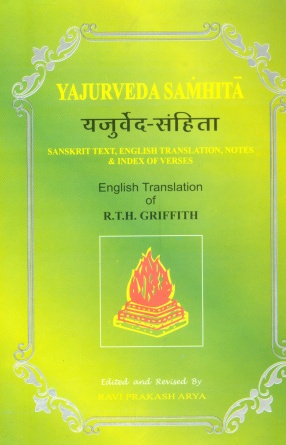
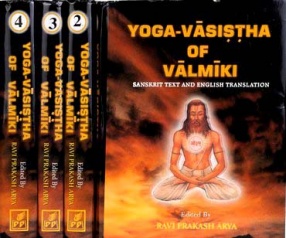
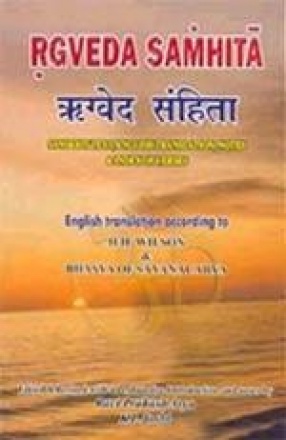
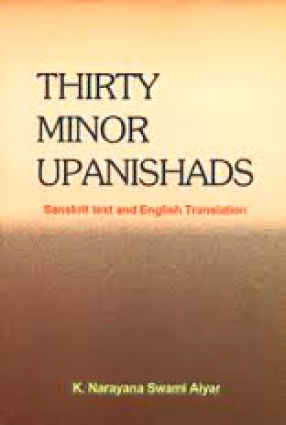

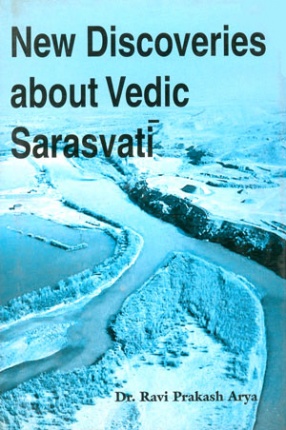

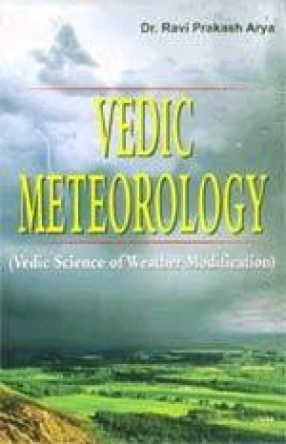
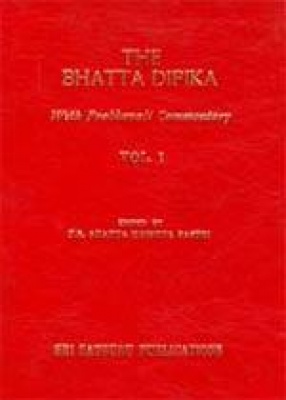

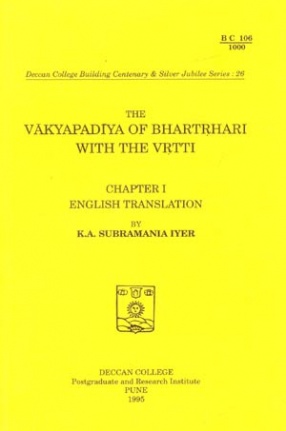
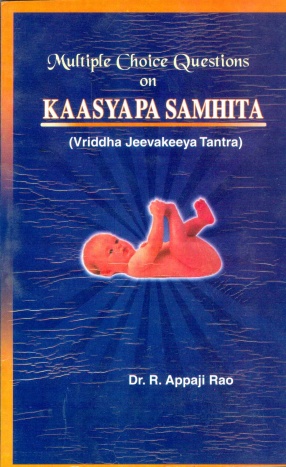

Bibliographic information